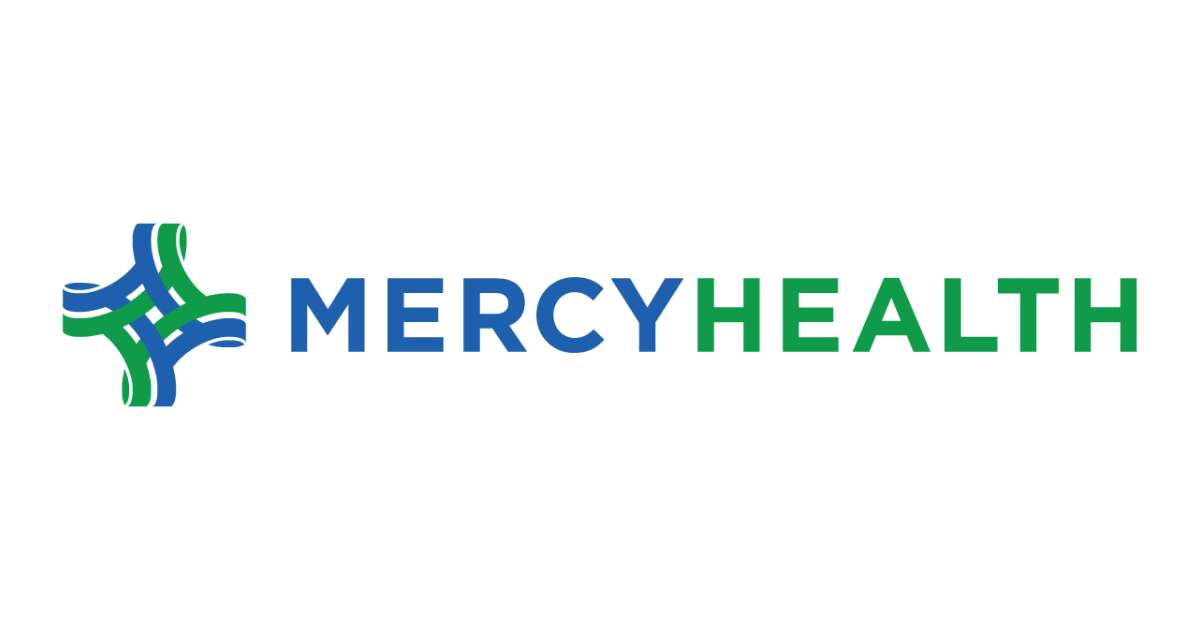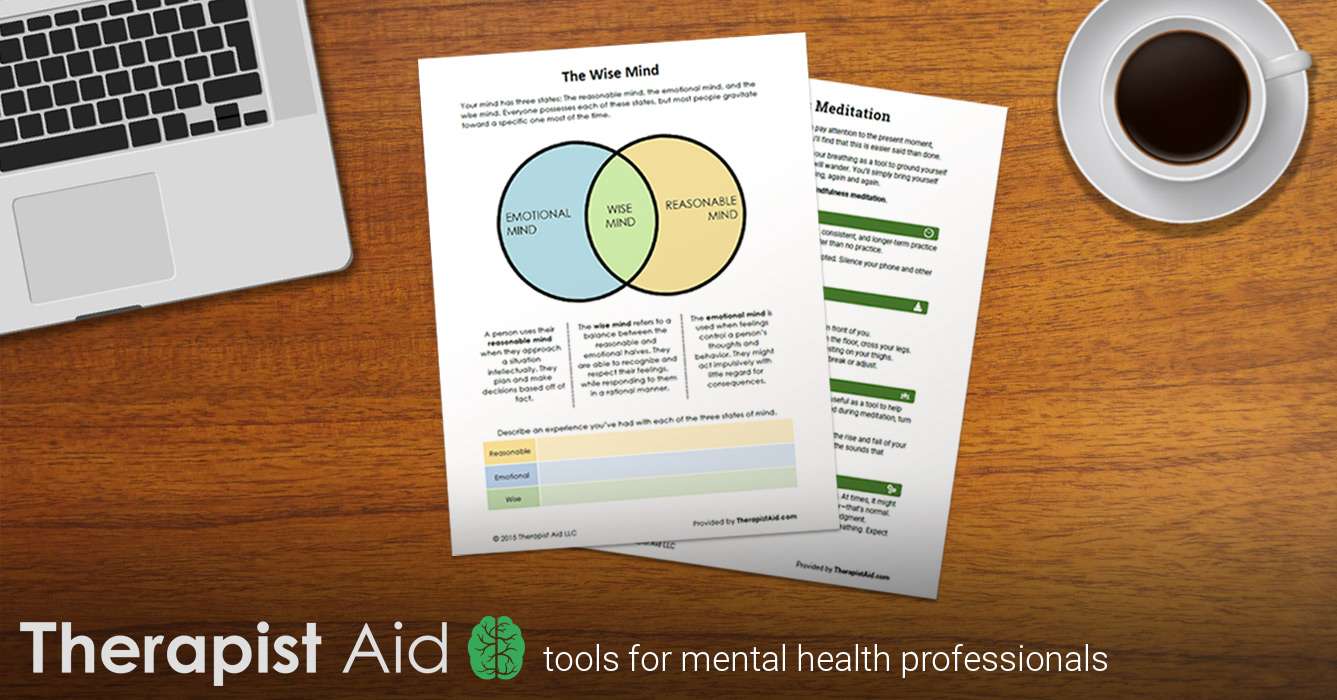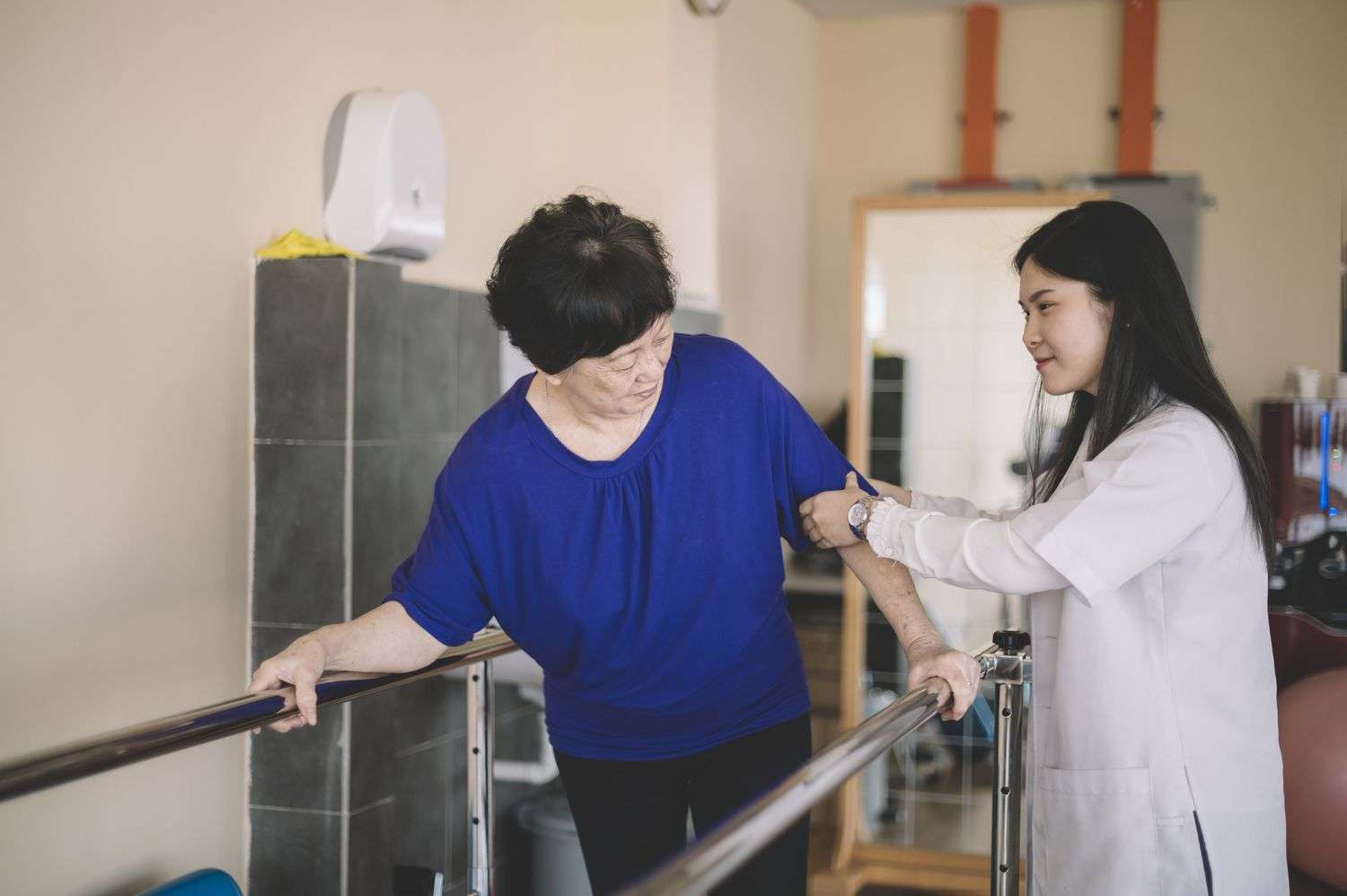You may wonder if there’s something besides medicine or behavior therapy you can do to help your child with ADHD . Can unconventional treatments work?
Can Changes to Diet Treat ADHD?
There’s a lot of controversy about sugar and ADHD symptoms. Does it lead to hyperactivity?
There is no proof that sugar causes ADHD.
Then why do kids seem so hyper if they eat a lot of sugar? Research does show that refined sugar and carbohydrates can affect your child’s activity level. Kids can feel a rush because refined sugar quickly enters the bloodstream. That boosts blood sugar fast. When blood sugar spikes, your child may become much more active. The burst of energy is from an adrenaline rush caused by the rise in blood sugar.
So what can you do? Nutritionists say to add more fiber to your child’s diet to help keep blood sugar levels even. High-fiber foods include berries and other fruits, whole grains, and oatmeal.
Sometimes people look for treatments for attention-deficit/hyperactivity disorder (ADHD) that they hope will work together with―or even instead of―their doctor’s treatments. Doctors and others treat ADHD using methods that have been very carefully studied, tested and proven effective. These methods include medication and behavior treatment. Yet there are many other treatments for ADHD that people hear about from friends or on the Internet.
Here are a two terms you need to know to understand the treatments for ADHD discussed here:
- Alternative treatment. An alternative treatment is used instead of prescription medication and professional help with behavior problems.
- Complementary treatment. A complementary treatment is added to usual treatment with the hope of even better control of ADHD symptoms.
How do I decide if alternative or complementary treatments will or won’t help?
If you hear or read about an alternative or complementary treatment in a magazine or book or from another non-scientific source, be careful. Serious researchers judge each other’s work in scientific journals. Alternative and complementary treatments usually aren’t carefully tested or judged by a group of experts. They are also often controversial.
What questions should I ask about alternative or complementary treatments?
Asking these questions can help you evaluate a treatment you might be considering.
- Were clinical trials done to prove this treatment works? (A clinical trial is a scientific evaluation of a new treatment.)
- Can I find information about this treatment from a trusted source?
- Is there a respected national organization of people who practice this therapy?
- Does the person giving the treatment need a state license?
- Will my health insurance cover this treatment? (Insurance generally will not cover unproven treatments.)
When should I be suspicious?
When evaluating a treatment, look for these red flags that may signal that the treatment may be ineffective, not worth the money or just bad.
- When there is a claim that the treatment will work for everyone with ADHD (No one treatment works for everyone.)
- When the “proof” is only a few people saying that it works (It should be the result of careful research and many studies.)
- When the treatment does not have directions for using it properly or the contents are not listed on medication containers
- When you do not get information about side effects
- When you are not told that the word natural is not always the same as safe
- When the medicine is “a secret formula,” “astonishing,” “miraculous,” “an amazing breakthrough” or a “cure”
- When you learn about it through infomercials or a book an author is trying to sell
- When it comes by mail order instead of through a doctor
- When you are told that doctors unfairly talk down the treatment or won’t tell the public about it
Don’t believe everything you read or hear about medical advances. Ask yourself where the information came from. Good information usually comes from medical schools, the government, medical associations and national organizations such as CHADD. Anyone can say he or she is an “expert.”
Talk to your doctor.
Before choosing a complementary or alternative treatment, talk to your doctor. Keep in mind that vitamins, herbs, and other treatments can cause problems with your other medications. Discuss everything you do to treat ADHD with your doctor.
Some Alternative and Complementary Treatments for ADHD
Dietary Treatment/ Nutritional Supplements

Having a healthy, balanced diet is key to having a happy and healthy life. According to the Centers for Disease Control and Prevention (CDC), eating properly can help lower the risk for many chronic diseases, including heart disease. In addition, exercise and physical activity are recommended as part of an overall healthy lifestyle.
For more information on proper nutrition, click here.
Interactive Metronome Training
A metronome is an instrument that marks exact time (it clicks) so musicians can keep their beat. An idea that people with ADHD can get better by learning to match hand or foot tapping to the rhythm of a metronome started this treatment. Some studies found this training helpful with ADHD movement and timing problems, but other studies did not.
Sensory Integration Training
Integration means combining or blending. When the brain is overloaded with too many sensory messages (what is heard, seen, felt, tasted and smelled), it cannot normally react to everything. Sensory integration training is a type of therapy that tries to “teach” the brain how to better react to the different sensory messages it receives. More research must be done before this treatment can be said to help symptoms of ADHD.
EEG Biofeedback
Doctors use EEGs (electroencephalograms) to see and record a person’s brain waves. Often “pictures” of the brains of people with ADHD show that a certain section does not “light up” or become as active as it is in normal brains. The treatment using this information is also called neurofeedback. People with ADHD are taught how to make these brain sections more active. After training, a patient’s behaviors –such as lack of attention and hyperactive/impulsive behavior — may improve. Too little research has been done to know for certain that EEG biofeedback works well. Also, parents should know that biofeedback treatments can be expensive.
Chiropractic
Some chiropractors believe that chiropractic medicine (therapy that adjusts the spinal column to treat illnesses) is better than medical treatments for ADHD. No scientific studies prove that chiropractic helps with symptoms of this brain disorder.
Thyroid Treatment
Sometimes children who have thyroid disorders also have problems with attention and hyperactive behavior. Thyroid disorders in children with ADHD are rare. However, these children should have their thyroid tested.
Vision Therapy
It is believed by some that visual problems such as faulty eye movements, sensitivity to the eyes, and focus problems, can cause reading disorders. There are different treatments for eye problems, including eye exercises and educational training. Doctors do not believe that this kind of treatment is effective.
Before deciding to use any of the treatments discussed above, talk to your doctor about whether or not they might help.
People with ADHD have individual treatment needs. The treatment or treatments used must “fit” each individual’s needs. Most health professionals who treat ADHD believe multimodal treatment is the best treatment. Multimodal treatment includes medications, behavioral therapy, school programs and accommodations, and education of children and families about the disorder, which helps with the unwanted behavior that comes from ADHD symptoms.

Share on Pinterest
Yasser Chalid/Getty Images
We include products we think are useful for our readers. If you buy through links on this page, we may earn a small commission Here’s our process.
Healthline only shows you brands and products that we stand behind.
Our team thoroughly researches and evaluates the recommendations we make on our site. To establish that the product manufacturers addressed safety and efficacy standards, we:
- Evaluate ingredients and composition: Do they have the potential to cause harm?
- Fact-check all health claims: Do they align with the current body of scientific evidence?
- Assess the brand: Does it operate with integrity and adhere to industry best practices?
We do the research so you can find trusted products for your health and wellness.
Read more about our vetting process.
Overprescribed? There are other options
Production of the medications used to treat attention deficit hyperactivity disorder (ADHD) has skyrocketed in recent decades. The Centers for Disease Control and Prevention (CDC) say that ADHD diagnoses in children increased by about 41 percent between 2003 and 2011. It was estimated that 11 percent of children between the ages of 4 and 17 years old had been diagnosed with ADHD, as of 2011. That is 6.4 million children in total.
If you’re not comfortable with treating this disorder with drugs, there are other, more natural options.
Medications may cause side effects
ADHD drugs can help improve symptoms by enhancing and balancing neurotransmitters. Neurotransmitters are chemicals that carry signals between neurons in your brain and body. There are several different types of medications used to treat ADHD, including:
- stimulants, such as an amphetamine or Adderall (which help you to focus and ignore distractions)
- nonstimulants, such as atomoxetine (Strattera) or bupropion (Wellbutrin), can be used if the side effects from stimulants are too much to handle or if other medical conditions prevent use of stimulants
While these drugs can improve concentration, they can also cause some serious potential side effects. Side effects include:
- sleep problems
- mood swings
- loss of appetite
- heart problems
- suicidal thoughts or actions
Not many studies have looked at the long-term effects of these medications. But some research has been done, and it raises red flags. An Australian study published in 2010 found no significant improvement in behavior and attention problems in children between the ages of 5 and 14 years old who took medications for their ADHD. Their self-perception and social functioning didn’t improve either.
Instead, the medicated group tended to have higher levels of diastolic blood pressure. They also had slightly lower self-esteem than the nonmedicated group and performed below age level. The authors of the study emphasized that the sample size and statistical differences were too small to draw conclusions.
1. Forgo food colorings and preservatives
Alternative treatments may help manage some symptoms associated with ADHD, including:
- difficulty paying attention
- organizational problems
- forgetfulness
- frequently interrupting
The Mayo Clinic notes that certain food colorings and preservatives may increase hyperactive behavior in some children. Avoid foods with these colorings and preservatives:
- sodium benzoate, which is commonly found in carbonated beverages, salad dressings, and fruit juice products
- FD&C Yellow No. 6 (sunset yellow), which can be found in breadcrumbs, cereal, candy, icing, and soft drinks
- D&C Yellow No. 10 (quinoline yellow), which can be found in juices, sorbets, and smoked haddock
- FD&C Yellow No. 5 (tartrazine), which can be found in foods like pickles, cereal, granola bars, and yogurt
- FD&C Red No. 40 (allura red), which can be found in soft drinks, children’s medications, gelatin desserts, and ice cream
2. Avoid potential allergens
Diets that restrict possible allergens may help improve behavior in some children with ADHD.
It’s best to check with an allergy doctor if you suspect that your child has allergies. But you can experiment by avoiding these foods:
- chemical additives/preservatives such as BHT (butylated hydroxytoluene) and BHA (butylated hydroxyanisole), which are often used to keep the oil in a product from going bad and can be found in processed food items such as potato chips, chewing gum, dry cake mixes, cereal, butter, and instant mashed potatoes
- milk and eggs
- chocolate
- foods containing salicylates, including berries, chili powder, apples and cider, grapes, oranges, peaches, plums, prunes, and tomatoes (salicylates are chemicals occurring naturally in plants and are the major ingredient in many pain medications)
3. Try EEG biofeedback
Electroencephalographic (EEG) biofeedback is a type of neurotherapy that measures brain waves. A 2011 study suggested that EEG training was a promising treatment for ADHD.
A child may play a special video game during a typical session. They’ll be given a task to concentrate on, such as “keep the plane flying.” The plane will start to dive or the screen will go dark if they’re distracted. The game teaches the child new focusing techniques over time. Eventually, the child will begin to identify and correct their symptoms.
4. Consider a yoga or tai chi class
Some small studies indicate that yoga may be helpful as a complementary therapy for people with ADHD. Research published in 2013 reported significant improvements in hyperactivity, anxiety, and social problems in boys with ADHD who practiced yoga regularly in addition to taking their daily medication.
Some early studies suggest that tai chi also may help improve ADHD symptoms. Researchers found that teenagers with ADHD who practiced tai chi weren’t as anxious or hyperactive. They also daydreamed less and displayed fewer inappropriate emotions when they participated in tai chi classes twice a week for five weeks.
5. Spending time outside
Spending time outside may benefit children with ADHD. There is strong evidence that spending even 20 minutes outside can benefit them by improving their concentration. Greenery and nature settings are the most beneficial.
A 2011 study, and several studies before it, supports the claim that regular exposure to outdoors and green space is a safe and natural treatment that can be used to help people with ADHD.
6. Behavioral or parental therapy
For children with more severe cases of ADHD, behavioral therapy can prove beneficial. The American Academy of Pediatrics states that behavioral therapy should be the first step in treating ADHD in young children.
Sometimes called behavioral modification, this approach works on resolving specific problematic behaviors and offers solutions to help prevent them. This can also involve setting up goals and rules for the child. Because behavioral therapy and medication are most effective when used together, it can be a powerful aid in helping your child.
Parental therapy can help provide parents with the tools they need to help their child with ADHD succeed. Equipping parents with techniques and strategies for how to work around behavioral problems can help both the parent and the child in the long term.
What about supplements?
Treatment with supplements may help improve symptoms of ADHD. These supplements include:
- zinc
- L-carnitine
- vitamin B-6
- magnesium
Shop for zinc supplements.
However, results have been mixed. Herbs like ginkgo, ginseng, and passionflower may also help calm hyperactivity.
Supplementing without a doctor’s oversight can be dangerous — particularly in children. Talk to your doctor if you’re interested in trying these alternative therapies. They can order a blood test to measure current levels of a nutrient in your child before they start taking supplements.



